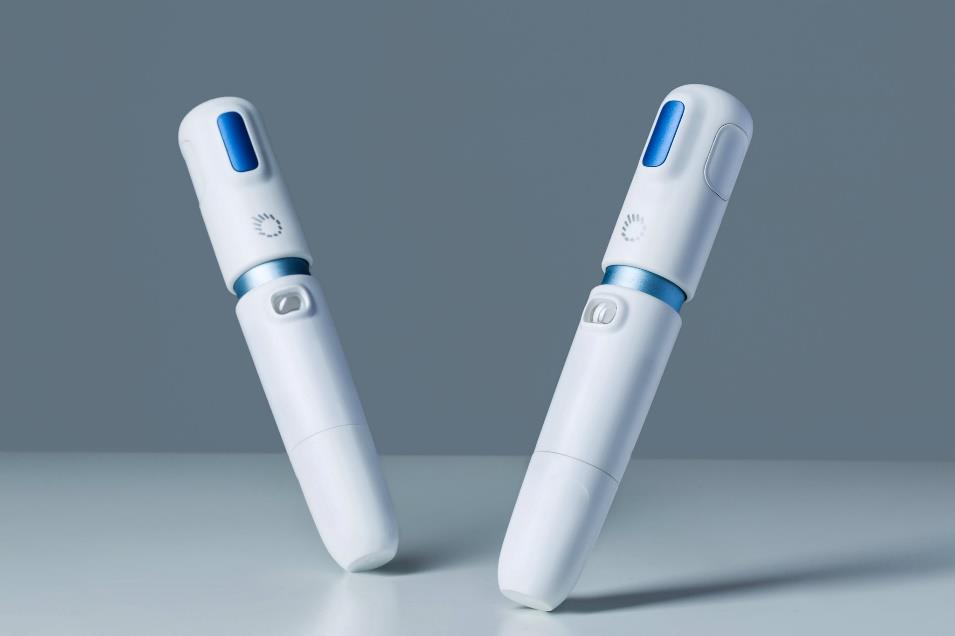In recent years, needle-free injectors have emerged as a revolutionary alternative to traditional needle-based drug delivery systems. These devices administer medication through the skin using high-pressure liquid streams, eliminating the need for needles. Their potential benefits include reduced pain, decreased risk of needle-stick injuries, and enhanced patient compliance. However, the global accessibility and equity of needle-free injectors present significant challenges and opportunities.
Benefits of Needle-Free Injectors
Enhanced Safety and Comfort: Needle-free injectors reduce the fear and discomfort associated with needles, making them particularly beneficial for pediatric and needle-phobic patients. Additionally, they minimize the risk of needle-stick injuries, which are a significant concern for healthcare workers.
Improved Compliance: The ease of use and reduced pain associated with needle-free injectors can lead to better adherence to medication regimens, particularly in chronic disease management.
Elimination of Needle Disposal Issues: Without needles, the disposal of sharps is no longer a concern, reducing the environmental impact and the burden on waste management systems.
Challenges to Global Accessibility
Cost and Affordability: Needle-free injectors are generally more expensive than traditional syringes, which can be a barrier to adoption, especially in low- and middle-income countries (LMICs). The high initial investment in the technology and ongoing costs for maintenance and consumables can limit their widespread use.

Infrastructure and Training: Effective use of needle-free injectors requires appropriate infrastructure and training. Many healthcare systems, particularly in resource-limited settings, may lack the necessary facilities and trained personnel to implement this technology effectively.
Regulatory and Logistical Barriers: Regulatory approval processes for medical devices vary by country and can be lengthy and complex. Additionally, logistical challenges such as supply chain issues and distribution difficulties can impede the availability of needle-free injectors in remote or underserved areas.
Equity Considerations
Healthcare Disparities: The introduction of needle-free injectors should be approached with a focus on reducing healthcare disparities. Ensuring equitable access requires targeted policies and programs that address the needs of marginalized populations, including those in rural and underserved urban areas.
Inclusivity in Innovation: The development and deployment of needle-free injectors should involve input from diverse stakeholders, including patients, healthcare providers, and policymakers from various regions. This inclusive approach can help design solutions that are culturally appropriate and address the unique challenges faced by different communities.
Public-Private Partnerships: Collaborations between governments, non-governmental organizations (NGOs), and private sector companies can play a crucial role in making needle-free injectors more accessible. Public-private partnerships can help subsidize costs, streamline regulatory processes, and enhance distribution networks.
Successful Implementations and Case Studies
Immunization Programs: Some countries have successfully integrated needle-free injectors into their national immunization programs. For example, certain regions in India and Africa have piloted needle-free technologies for vaccine administration, demonstrating improved vaccination rates and acceptance.
Chronic Disease Management: In high-income countries, needle-free injectors have been adopted for conditions like diabetes, where frequent injections are necessary. This has improved patient quality of life and adherence to treatment plans.
Future Directions
Research and Development: Ongoing R&D efforts are focused on making needle-free injectors more cost-effective, user-friendly, and adaptable to a wider range of medications. Innovations in materials science and engineering can drive down costs and enhance device performance.
Policy Advocacy: Advocacy efforts are needed to promote supportive policies that facilitate the adoption of needle-free injectors. This includes streamlining regulatory approvals, providing subsidies or incentives for adoption, and ensuring that global health initiatives prioritize equitable access to new medical technologies.
Education and Awareness: Raising awareness about the benefits and availability of needle-free injectors is crucial. Educational campaigns targeting both healthcare providers and patients can help drive acceptance and demand for this technology.
Needle-free injectors offer significant advantages over traditional needle-based systems, with the potential to improve safety, compliance, and patient outcomes. However, ensuring global accessibility and equity requires concerted efforts to address cost barriers, infrastructure needs, and regulatory challenges. By fostering inclusive innovation, supporting public-private partnerships, and advocating for equitable policies, we can work towards a future where needle-free injectors are available to all, regardless of geographical or socioeconomic status.
Post time: Jun-06-2024
